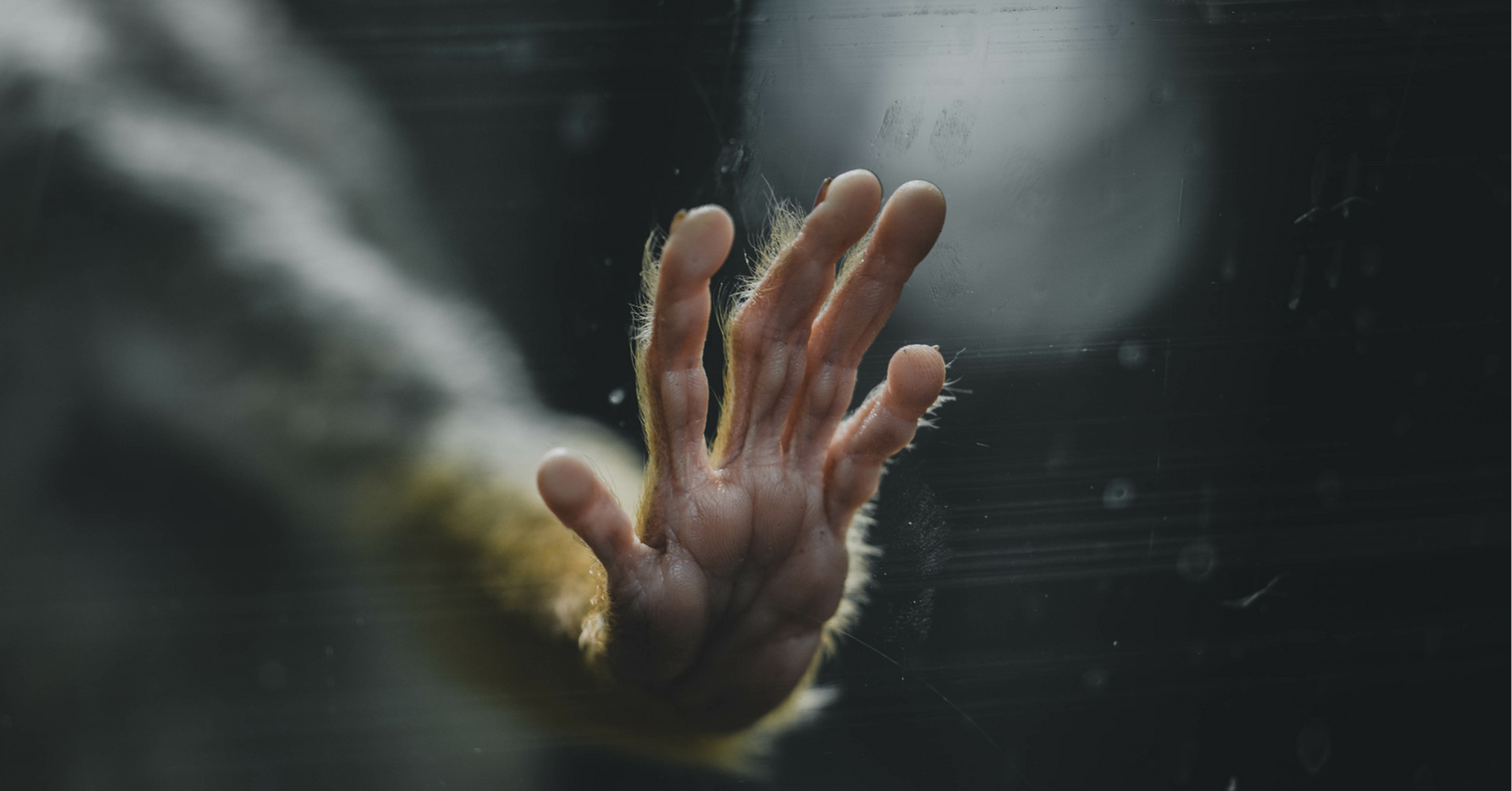
Just like is true for the victims of the animal agricultural industry, we rarely see or have the opportunity to bear witness to the suffering of any of the U.S. research industry’s nonhuman victims.
And that’s exactly how the animal research industry wants it.
If the average human saw animal research happening in front of them, they would oppose it . . . and animal researchers know this.
While most of us would take action to stop nonhuman animal cruelty happening right before our eyes, most humans are far less likely to actively oppose cruelty happening further away from them.
Peter Singer, renowned philosopher and author of the seminal work Animal Liberation, helps explain why by pointing to the “ethics of proximity” – the idea that we feel less “morally responsible for reducing suffering if it isn’t happening in front of us.”
But, like so many of the largely invisible but damagingly pervasive ideas to which we humans hold fast, this one is baseless: physical distance is not “an important determinant in ethical behavior”. Says Singer, “[i]f we accept any principle of impartiality, universalizability, equality, or whatever, we cannot discriminate against someone merely because he is far away from us.”
Yet, if the average human is separated from animal research, they are less likely to oppose it . . . and animal researchers know this, too.
Researchers have sought for hundreds of years to avoid public scrutiny (and outrage) by performing their barbarities out of public view.
Claude Bernard, one of the most prolific historical figures with regard to vivisection and founder of the “beast-machine” myth, actually “closed the doors to his lab” in response to public demonstrations against his mentor Francois Magendie, who cut open animals in public. This enduring and intentionally instituted “gap . . . between much of science and the nonscientific community” continues today, with nonhuman animal research being undertaken “[b]ehind the locked and barred doors of the vivisection chamber, to which no man can gain admission unless known to be friendly to its practices….”
The animal research industry fights daily to create distance between us and them – “to keep everything that it [] does from the light of day”.
It follows that one of the most important actions we can take is to bridge the spatial gap between what the public sees and what animal researchers do. To force our eyes upon what is happening behind laboratory walls and to show others, making it feel closer and, therefore, harder to ignore.
Because, right in front of us or behind the locked doors of research laboratories, we are responsible for what humans are doing to nonhuman animals in the name of science; and it is morally incumbent upon all of us to bear witness and, then, to fight for what’s right.